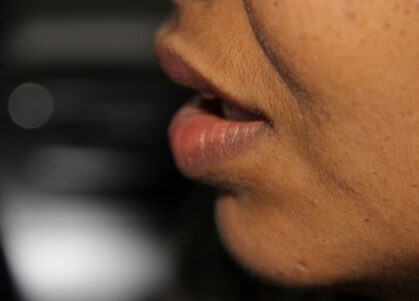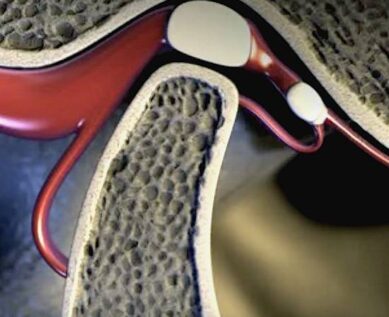The Range Of Arthritis
Rather than one condition, arthritis is a collection of low and high inflammatory conditions, which can cause bone, or soft tissue deterioration.
Known forms of joint related conditions include osteoarthritis, rheumatoid arthritis, ankylosing spondylitis, psoriatic arthritis, metabolic arthritis. The young can be affected, perhaps by juvenile idiopathic arthritis.
Bone, cartilage and related tissue are able to be damaged. Pain is often a consequence and for TMJ arthritis, an inability to properly open the mouth, or to chew, along with the misaligned, or worn teeth this could bring.
No two cases are the same and to ensure good decisions are made, assessment by an experienced maxillofacial consultant is a primary route.
Diagnosis & Treatment
With the wide range of possible conditions, understanding your personal symptoms and concerns is essential. Alongside your consultant’s expertise, factors such as your medical history, laboratory tests, or medical imaging may play a role in diagnosis.
CT scans, including cone beam computed tomography—available at our Harley Street clinic—are particularly effective for assessing bone structure. For soft tissue imaging, an MRI scan may be the best option, offering detailed views of areas such as the TMJ disc or synovial tissue.
Assessing the extent of joint erosion or damage is crucial in determining the right treatment approach. Combined with an understanding of your symptoms, this may lead to non-surgical management, reconstruction, or full TMJ replacement.
Approaches to TMJ Replacement
Traditionally, TMJ reconstruction involved using bone or cartilage from the patient’s own body. This approach is still suitable in certain cases, particularly for younger patients with ongoing growth potential.
However, there can be drawbacks, including recurrence of symptoms, complications at the donor site, or reactions linked to systemic inflammation. While these challenges can be managed, artificial joint replacements are now the preferred option in most cases.
Artificial TMJ replacements have been in use since the 1990s and have advanced significantly in recent years. Modern prosthetic joints are typically made from titanium and high-molecular-weight polyethylene, either as standard implants or customised solutions tailored to the individual patient.
These are precisely manufactured using computer-aided design (CAD), based on three-dimensional imaging of your jaw. The same data informs the surgical plan, ensuring a seamless and effective approach.
A Practical Solution
TMJ replacement surgery is a major procedure, yet it is not excessively invasive. In cases involving artificial joints, recovery is generally swift.
Long-term follow-up studies show success rates exceeding 90%, with continuous improvements as technology advances. Patients benefit from restored stability, natural function, pain relief, and the ability to eat and speak comfortably once again.
As with any surgery, there are inherent risks, and your consultant will explore non-surgical alternatives first. However, where replacement is necessary, it offers a reliable solution to the challenges posed by arthritis and other degenerative conditions.

